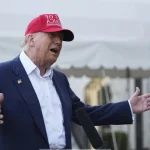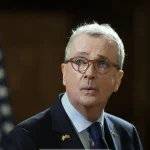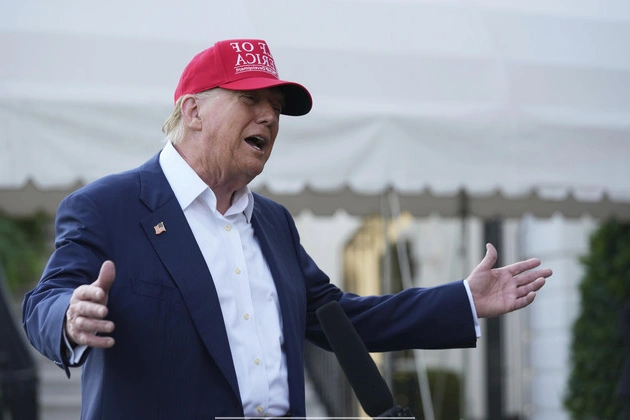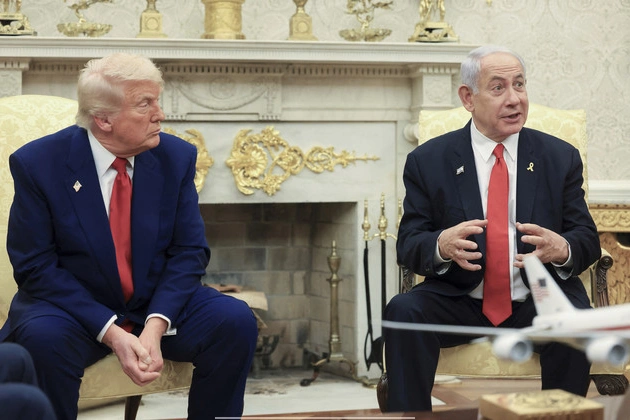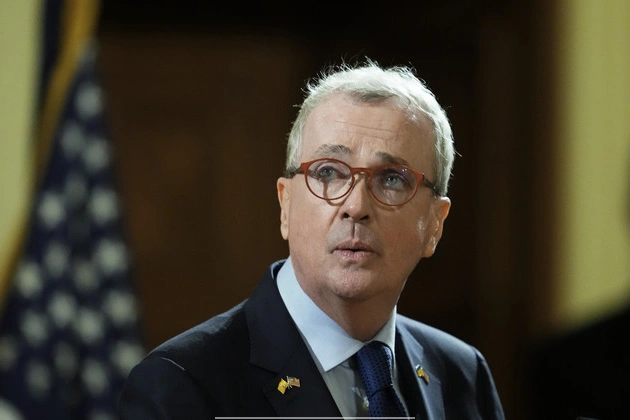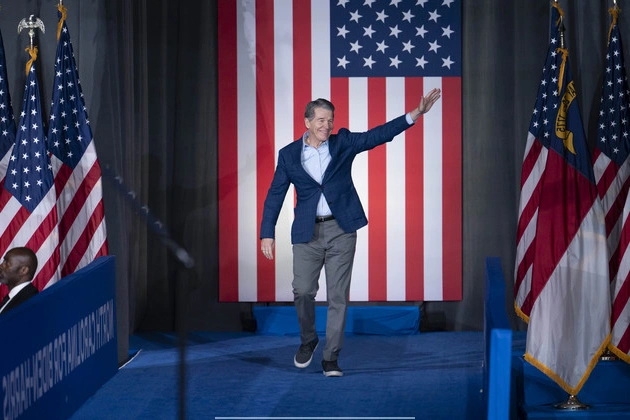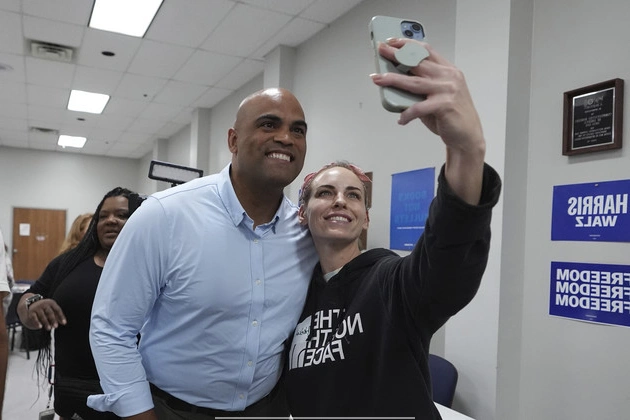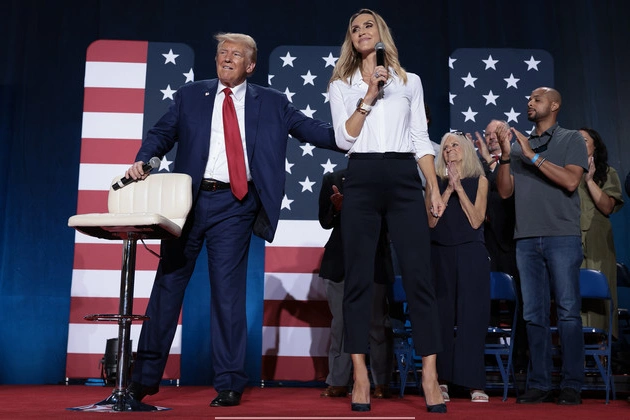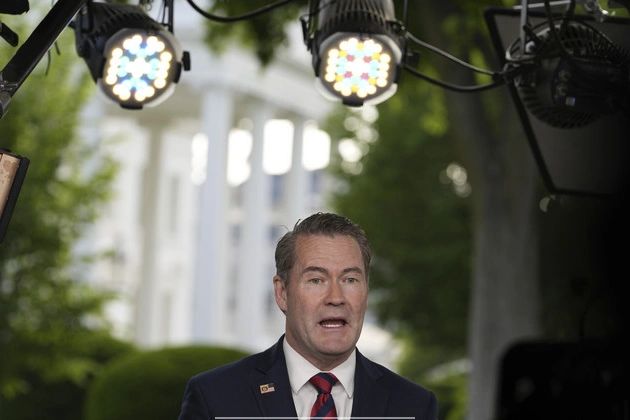
Rep. Jim Himes (D-Conn.) raised alarm bells on Sunday about the national security landscape post Mike Waltz’s departure as national security adviser, highlighting the removal of a significant check on the Trump administration’s decision-making.
Concerns Over Leadership Shift
Himes, known for his previous positive remarks about Waltz as one of the “proverbial adults in the room” among senior officials, expressed apprehensions about the evolving dynamics. He also pointed out similar concerns regarding Marco Rubio’s expanded roles as secretary of state and interim national security adviser.
Shift in Responsibilities
With Rubio juggling dual responsibilities and the fallout from Signalgate affecting Waltz’s tenure, questions loom over the sustainability of such arrangements. Himes emphasized the need for well-rested officials capable of providing critical perspectives to prevent hasty decisions.
Implications of Waltz’s Exit
As Waltz faces a Senate confirmation process for the U.N. ambassador role amid scrutiny over the encrypted communications scandal, Himes emphasized the void left by his departure at the White House. He expressed concerns about the absence of dissenting voices and seasoned experts in Trump’s inner circle.
Challenges Ahead
Amidst uncertainties about Waltz’s replacement and Rubio’s stretched capacities, Himes underscored the escalating risks in the absence of a designated national security adviser. The evolving landscape raises concerns about decision-making processes and strategic alignments.
Perspectives from National Security Experts
Retired Lt. Gen. H.R. McMaster, a former national security adviser to Trump, echoed worries about the administration’s approach post Waltz’s exit. McMaster highlighted potential challenges in aligning national security efforts and urged for a cohesive strategy despite perceived impatience within the administration.
Overall, the evolving national security team dynamics post Waltz’s exit raise critical questions about leadership, decision-making processes, and the balance of power within the Trump administration.
